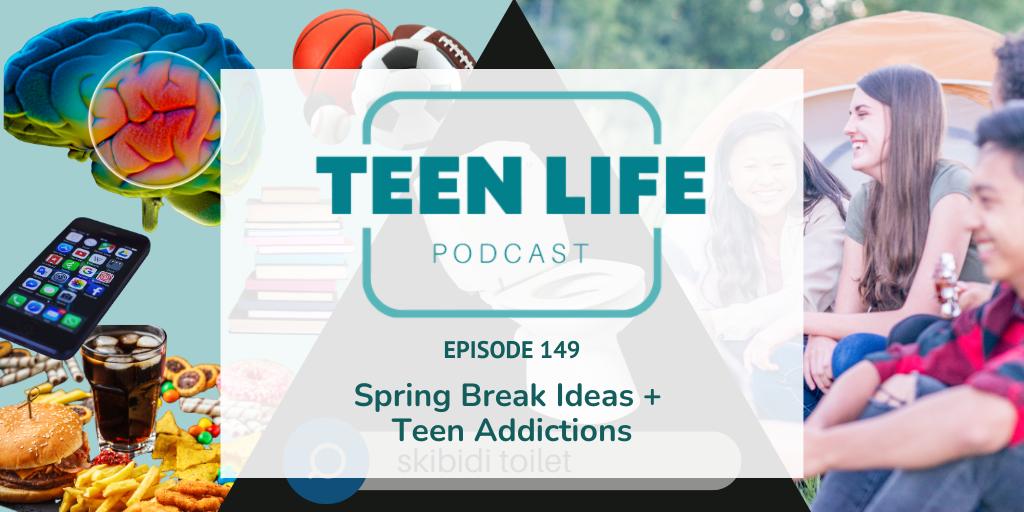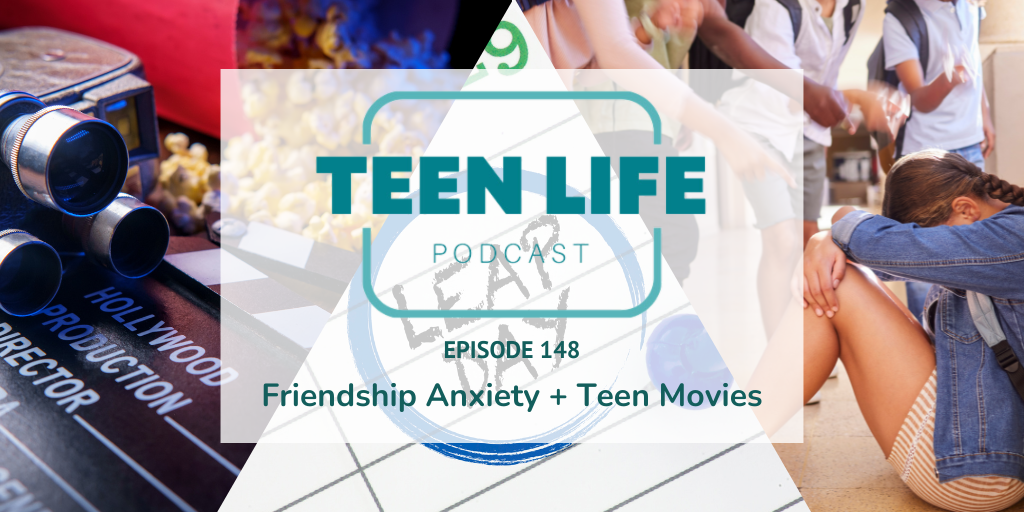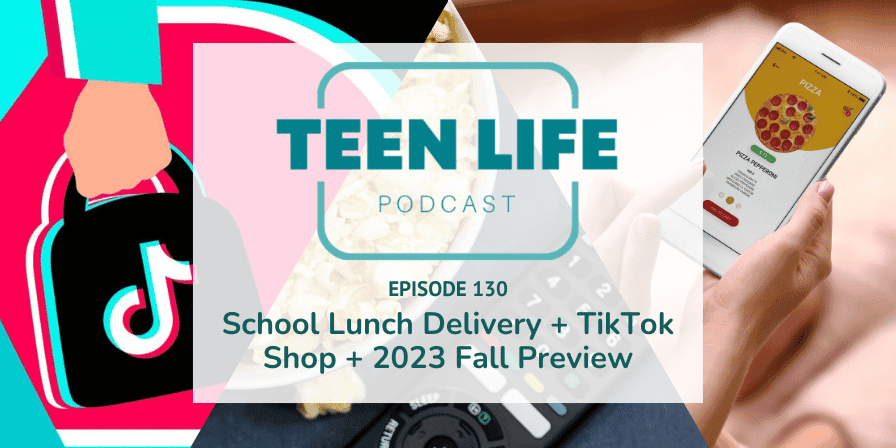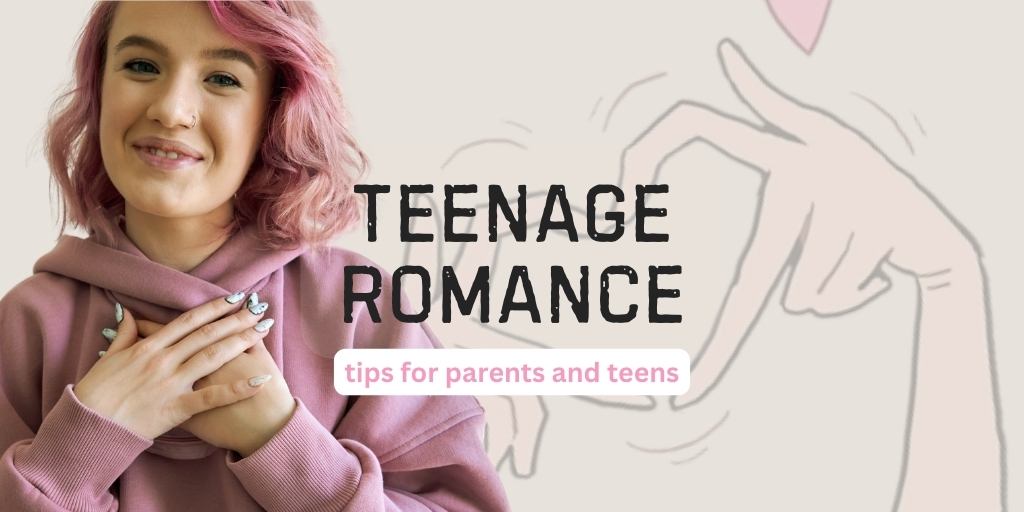
15 Reasons to Love Teens | Ep. 150
Podcast: Play in new window | Download
Here’s our list of reasons to love teenagers.
What would you add?
We believe that teens are amazing for who they are becoming, but also for who they are right now!
To celebrate our 150th episode, we wanted to take a minute to remember some of the top reasons we love being around teenagers.
Give us your additions in the comments!
- They are hilarious
- They view the world through a different lens
- They’re never boring
- They realize their voice matters
- Every emotion they have is intense and strong
- They can dress themselves
- They care deeply
- They are thriving in a really complicated phase of life
- They stand up for what’s right
- They teach us so many things
- They are leaders, especially for kids younger than them
- They can be brutally honest
- They can pick up new skills easily
- How quickly they can connect to others (did we just become best friends?)
- Their excitement and passion for the things they care about
In this episode, we mentioned or used the following resources.
- Mentioned in the podcast: Nerd Clusters | Reese’s Eggs | I’m A Little Crabby Game
- Teen Life Podcast: Ep. 100: Top Teen Things | Ep. 50: Teen Life’s Top Five
- Teen Life Podcast Stereotype Series: Challenging Teenage Stereotypes
- Podcast music by Luke Cabrera & Tobin Hodges
More Resources You Might Like
Have a question?

Karlie Duke
Communications Director

Tobin Hodges
Program Director

Caleb Hatchett
Podcast Host
Caleb Hatchett | Podcast Co-Host
Caleb loves helping teenagers take ownership of their faith and relationships. He graduated from Abilene Christian University with a degree in Youth and Family Ministry and is currently Student Ministry Director at Jenks Church in Oklahoma.
Tobin Hodges | Program Director
Tobin’s entire career has been centered around students and teens from all walks of life. He has a passion for helping teens be their best selves. As Program Director, he loves working directly with school staff and students through Teen Life Support Groups. Tobin has a Bachelor’s Degree in Music from Texas Tech University.
Karlie Duke | Director of Communications
Karlie has always had a heart for teenagers. Through her role at Teen Life, she loves to showcase the amazing stories coming out of Support Groups, but she is especially passionate about helping adults and teenagers find connection. Karlie has a BS in Communications with a minor in Family Studies from Abilene Christian University.



























